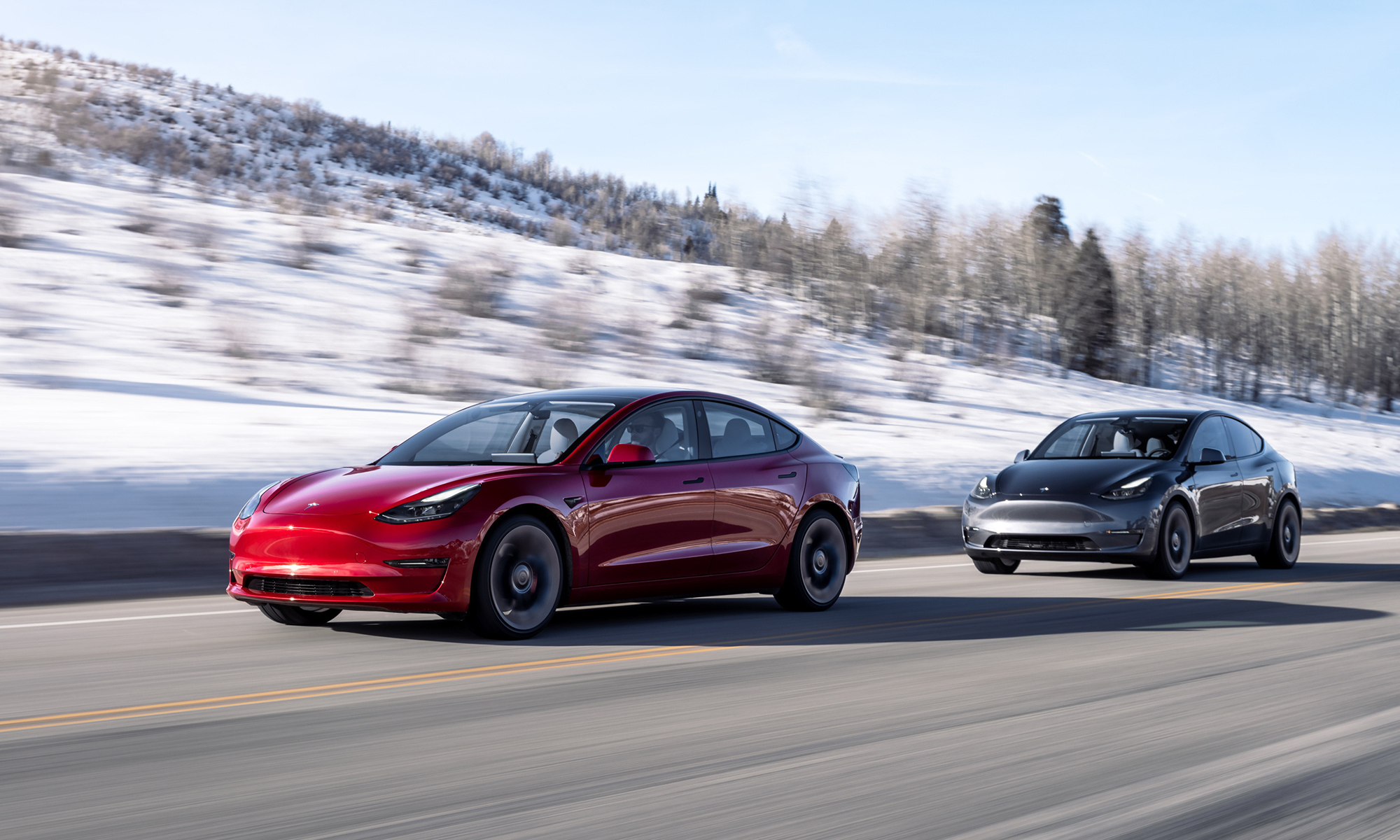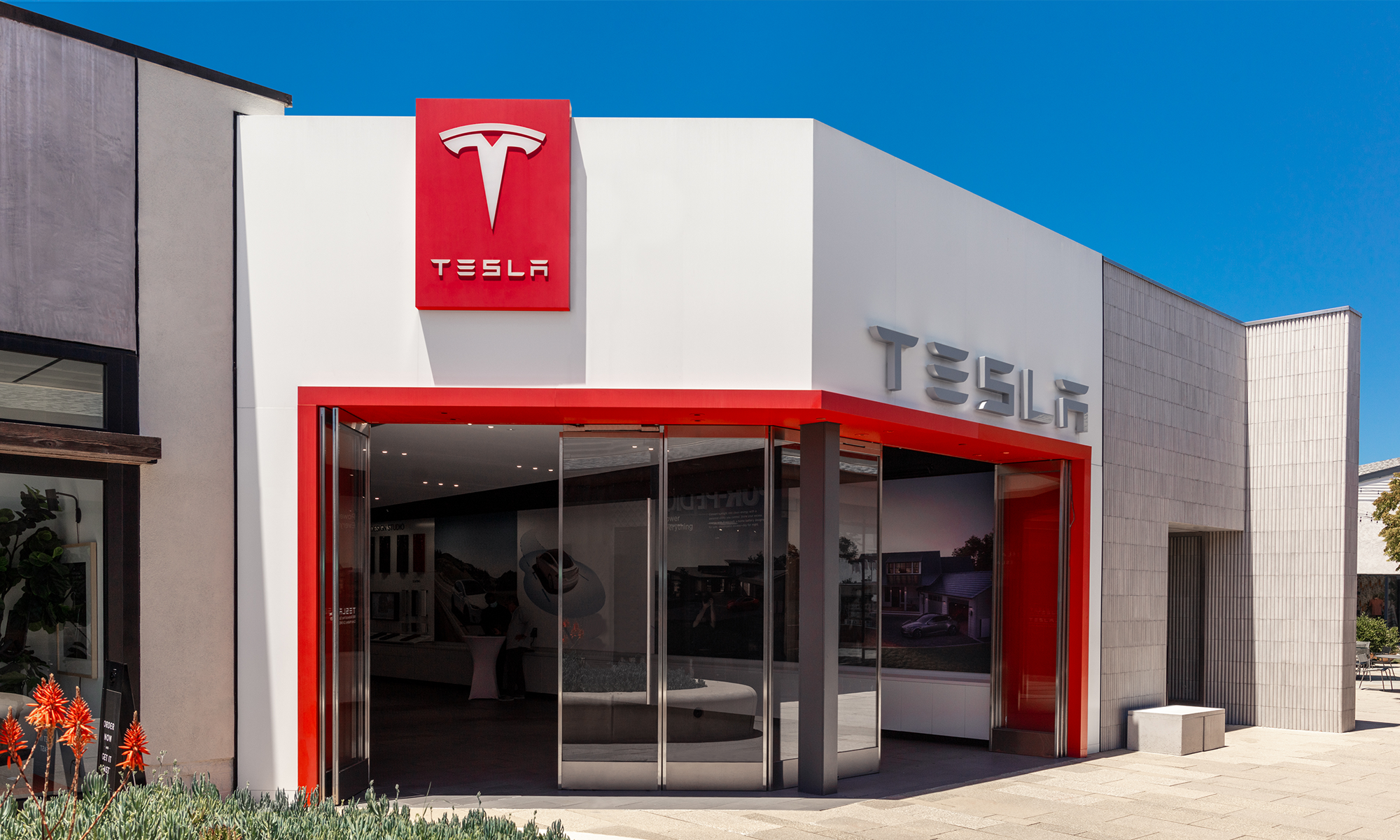Coming into Tesla's (TSLA +0.10%) third-quarter earnings report, the leading producer of electric vehicles (EVs) reported a record number of deliveries. With the help of the pull-forward effect from the expiring EV tax credit, unit sales rose in Q3 to 497,099, up 7% from the quarter a year ago and increased 29% from Q3.
However, investors had to wait until Wednesday to get a full snapshot of Tesla's financial performance, and they were generally underwhelmed.
The stock edged down in after-hours trading, but considering its monster gains over the last year, the modest sell-off of just 3.1% isn't a bad outcome for investors.

NASDAQ: TSLA
Key Data Points
Overall revenue rose 12% to $28.1 billion, which beat the consensus at $26.7 billion. Automotive revenue rose 6% to $21.2 billion, while energy generation and services delivered stronger growth.
However, profitability continued to suffer, a sign that vehicle prices are being pressured as costs are going up. Despite the 12% increase in revenue, gross profit rose just 1% to $5.1 billion, meaning gross margin fell from 19.8% to 18%.
Operating income fell 40% to $1.6 billion, which included a $238 million restructuring charge. Adjusted earnings per share (EPS) fell from $0.72 to $0.50, which missed estimates at $0.56.

A Tesla Model 3. Image source: Tesla.
Tesla looks toward the future
CEO Elon Musk has been a master at redirecting investor attention, which is why the stock has been able to soar and achieve a price-to-earnings (P/E) ratio over 200 even when revenue is growing just 12% and earnings are falling sharply.
Musk has spent the last few years touting the company's transition to autonomy, including self-driving vehicles and its Optimus robot. In June, it launched Robotaxi service in Austin, Texas in a small pilot program, and it then expanded it to the San Francisco Bay Area in Q3. The program still has human drivers in order to be safe, though Musk wants to get rid of them.
Looking ahead to 2026, Tesla said the fully autonomous Cybercab was on schedule for volume production in 2026, along with the Tesla Semi and Megapack 3 for energy storage. It also said first-generation production lines for Optimus robots are being installed. And management continues to tout the potential of AI across its product portfolio.
Two reasons to be concerned
Despite Musk's continuing to talk up Tesla's future, the current picture, especially in its core EV segment, is not good. As you can see from the chart, its EV market share has been on a general decline for the last two years.

Data source: Tesla; TTM = trailing 12 months.
That chart shows its market share of all vehicle sales, and the uptick in the U.S. is likely due to the approaching end of the $7,500 EV credit, which gave its sales a one-time bump in Q3. It wouldn't be surprising to see the decline resume in Q4.
The company has lost nearly a percentage point of market share in Europe over the last two years, and intense competition in China seems to be eating away at its market share, which has also declined in recent quarters.
Looking at this next chart, you can see that Tesla's EV sales also appear to have peaked. Even as it just reported its best quarter of deliveries, it peaked in 2023 on a trailing-12-month basis.

Data source: Tesla.
As you can see, vehicle sales have plateaued over the last two years and even declined in recent quarters.
Whatever technological breakthrough might be around the corner for the company, it seems unlikely to turn around the general slide in vehicle sales, especially now that the tax credit is gone. And rising auto loan delinquencies could spell trouble for vehicle sales across the broader EV market.
Tesla's valuation has defied reality for several quarters, but sustained weakness in the EV business should eventually catch up with the stock. Next year will be a big test for the company, considering the product lineup it has set for release, including the Cybercab. But the automaker needs some kind of breakthrough to justify its current valuation.





